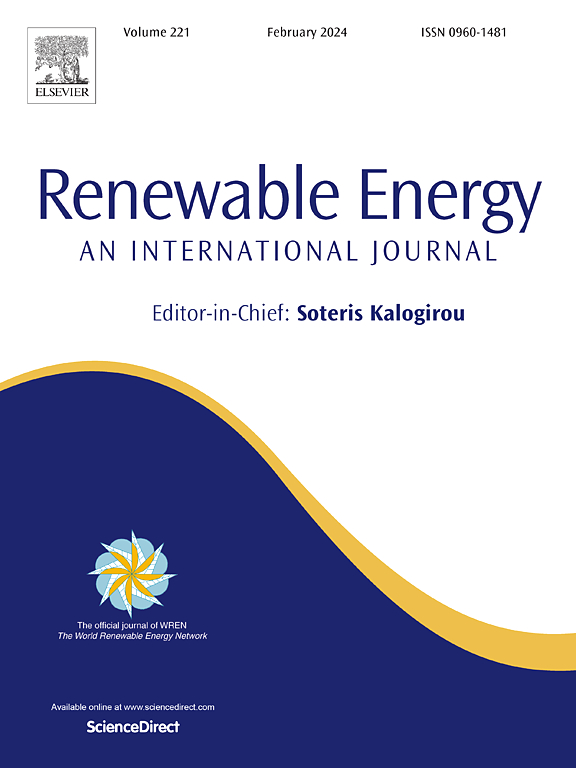An environmentally friendly biodiesel Production: Computational and experimental investigations of ZnO-based catalysts for enhanced olive oil conversion
IF 9
1区 工程技术
Q1 ENERGY & FUELS
引用次数: 0
Abstract
The main aim of the present study was to develop recoverable and reusable monometallic ZnO/rGO and bimetallic Cu-ZnO/rGO compounds as acidic catalysts via an efficient synthesis method to optimize the conversion of olive oil into biodiesel. The chemical and structural properties of the catalysts were assessed utilizing XRD, TPD, BET-BJH, XPS, EDS, Raman, and TEM analyses. The final product of transesterification process was also evaluated by 1H NMR and FTIR analyses. The objective is to attain high conversion rates while maintaining catalyst stability and reusability over multiple cycles. RSM and its BBD subset were used to estimate optimal conditions and simultaneously evaluate influential parameters. Under optimum conditions (i.e.; methanol/oil molar ratio of 15.5, a reactor catalyst loading of 10 wt %, and a specific temperature of 70 °C), a conversion rate of 94 % was achieved with the Cu-ZnO (13)/rGO catalyst. This level remained relatively constant over eight catalytic cycles, illustrating the robustness of the prepared catalyst. These experimental findings aligned closely with the DFT (density functional theory) calculations. They displayed that, the Cu-ZnO catalyst, with a Cu/Zn ratio of 0.3 exhibited the Maximum triglyceride adsorption energy of −4.97 eV, resulting in a high conversion also revealed experimentally.

环境友好型生物柴油生产:提高橄榄油转化的zno基催化剂的计算和实验研究
本研究的主要目的是通过高效的合成方法,开发可回收和可重复使用的单金属ZnO/rGO和双金属Cu-ZnO/rGO化合物作为酸性催化剂,优化橄榄油转化为生物柴油。利用XRD、TPD、BET-BJH、XPS、EDS、Raman和TEM等分析手段对催化剂的化学和结构性能进行了表征。通过1H NMR和FTIR分析对酯交换过程的最终产物进行了评价。目标是获得高转化率,同时保持催化剂的稳定性和多次循环的可重用性。利用RSM及其BBD子集估计最优条件,同时评价影响参数。在最佳条件下(即;甲醇/油的摩尔比为15.5,催化剂负载为10 wt %,比温为70℃),Cu-ZnO (13)/rGO催化剂的转化率为94%。该水平在8个催化循环中保持相对恒定,说明所制备的催化剂的鲁棒性。这些实验结果与DFT(密度泛函理论)计算结果密切相关。结果表明,当Cu/Zn比为0.3时,Cu- zno催化剂的最大甘油三酯吸附能为- 4.97 eV,具有较高的转化率。
本文章由计算机程序翻译,如有差异,请以英文原文为准。
求助全文
约1分钟内获得全文
求助全文
来源期刊

Renewable Energy
工程技术-能源与燃料
CiteScore
18.40
自引率
9.20%
发文量
1955
审稿时长
6.6 months
期刊介绍:
Renewable Energy journal is dedicated to advancing knowledge and disseminating insights on various topics and technologies within renewable energy systems and components. Our mission is to support researchers, engineers, economists, manufacturers, NGOs, associations, and societies in staying updated on new developments in their respective fields and applying alternative energy solutions to current practices.
As an international, multidisciplinary journal in renewable energy engineering and research, we strive to be a premier peer-reviewed platform and a trusted source of original research and reviews in the field of renewable energy. Join us in our endeavor to drive innovation and progress in sustainable energy solutions.
 求助内容:
求助内容: 应助结果提醒方式:
应助结果提醒方式:


